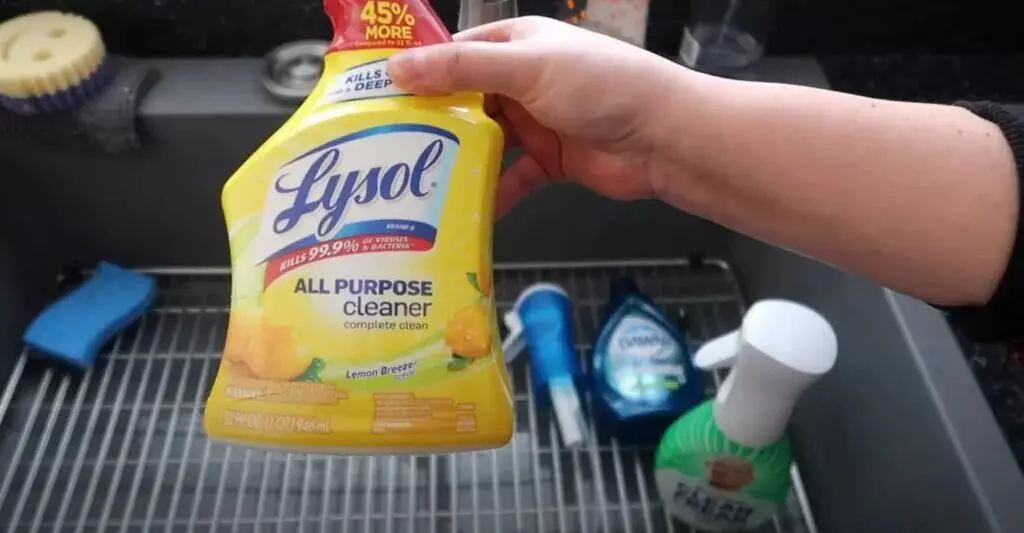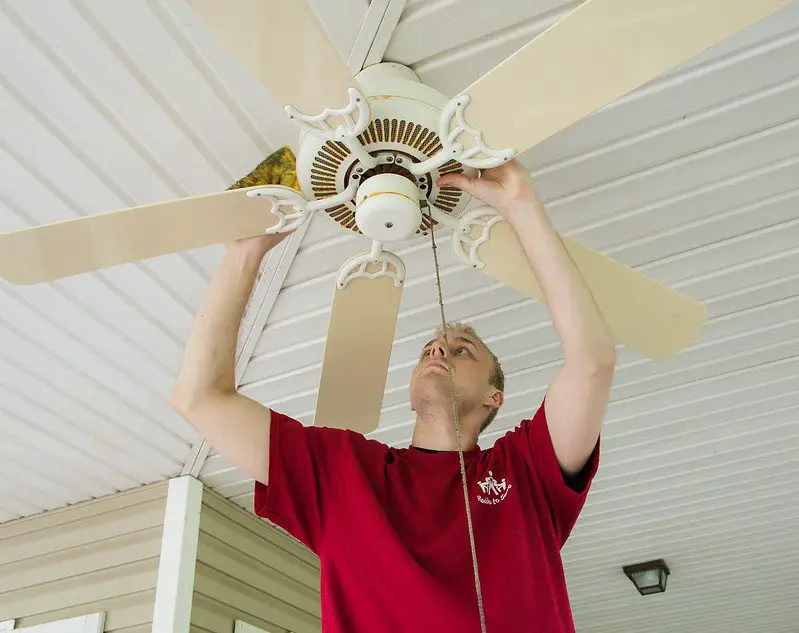Mixing Lysol and Bleach
Introduction
In our pursuit of cleanliness and hygiene, it’s essential to understand the potential dangers that can arise when specific cleaning agents are mixed. One combination that poses significant risks is the mixture of Lysol and bleach. While both are effective disinfectants in their own right, combining them can lead to harmful reactions and release toxic fumes.
In this article, we will delve into why mixing Lysol and bleach is hazardous, its potential consequences on your health, and the safe alternatives you can use to achieve a germ-free environment.
Read it: Microban Laundry Sanitizer
Understanding Lysol and Bleach Individually
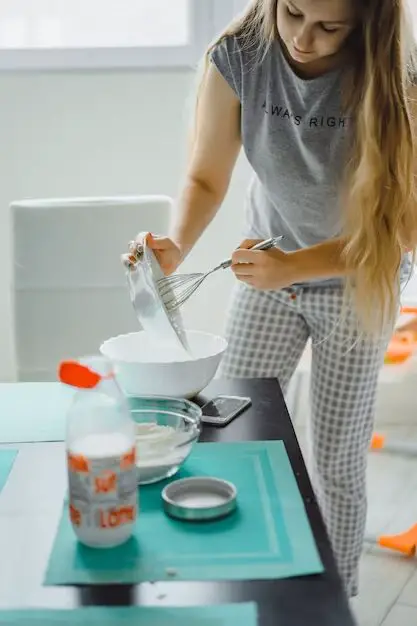
Lysol: A Trusted Disinfectant
Lysol is a popular household disinfectant that kills many bacteria, viruses, and other pathogens. It contains active ingredients such as alkyl dimethyl benzyl ammonium chloride and ethanol, which disrupt the outer membranes of microorganisms, rendering them harmless. ( Mixing Lysol and Bleach )
Bleach: A Powerful Sanitizer
Bleach, commonly known as sodium hypochlorite, is a potent oxidizing agent that kills bacteria, viruses, and fungi. It is widely used for disinfection and stain removal due to its strong oxidizing properties.
The Chemical Reaction: Lysol and Bleach
A chemical reaction can have serious consequences when Lysol and bleach are mixed. The primary issue is that bleach contains sodium hypochlorite, a potent oxidizing agent, while Lysol contains various active ingredients, including ammonium compounds. When these substances come into contact, they can react to produce highly toxic gases. ( Mixing Lysol and Bleach )
Read it: Lysol Laundry Sanitizer
Can Lysol and Bleach be Mixed?
The answer is a resounding NO. It is essential to understand that Lysol and bleach should never be mixed. While both are effective disinfectants in their own right, combining them can lead to a dangerous chemical reaction. When Lysol comes into contact with bleach, it can produce toxic chlorine gas, which poses serious health risks when inhaled or exposed to the skin. ( Mixing Lysol and Bleach )
The Dangers of Mixing Lysol and Bleach
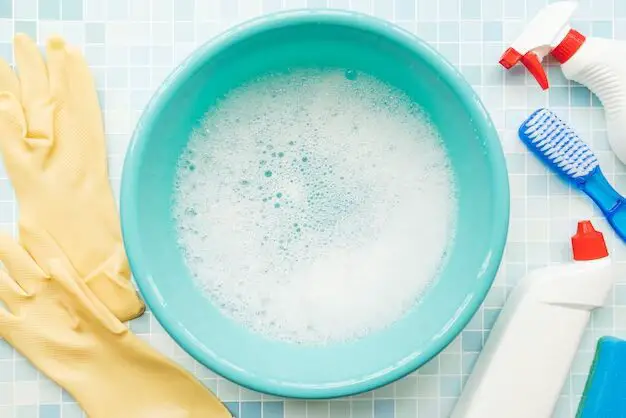
Release of Toxic Chlorine Gas
The combination of bleach and Lysol leads to the release of chlorine gas, a highly toxic substance. When inhaled, chlorine gas can cause respiratory distress, chest pain, coughing, and lung damage. Exposure to high concentrations of chlorine gas can be life-threatening.
Formation of Potentially Harmful Compounds
The chemical reaction between Lysol and bleach can also result in the formation of other hazardous compounds, such as chloramine and chloroform. When inhaled or absorbed into the body, these substances can cause eye and skin irritation, dizziness, nausea, and even organ damage. ( Mixing Lysol and Bleach )
Eye and Skin Irritation
Direct contact with chlorine gas or its byproducts can cause severe eye and skin irritation. This can result in redness, burning sensations, itching, and even chemical burns. Prolonged exposure or exposure to high concentrations can lead to long-lasting eye and skin damage.
The Importance of Proper Ventilation
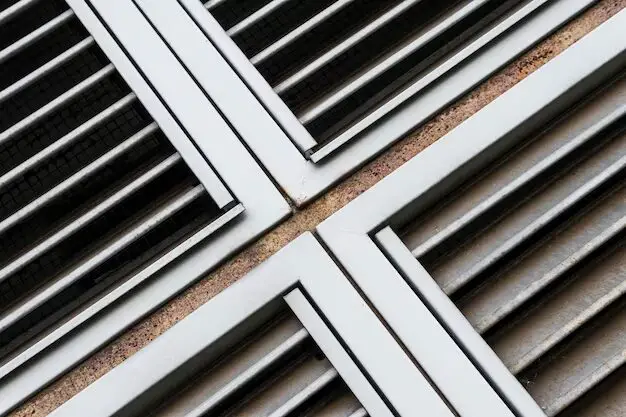
In case of accidental mixing or exposure to toxic gases, it is crucial to ensure proper ventilation. Open windows and doors to allow fresh air to circulate, and evacuate the affected area if necessary. Contact emergency services immediately if you or someone around you experience severe symptoms or difficulty breathing.
Proper ventilation is crucial to promote air circulation and remove harmful fumes. Here are some key reasons why it is essential:
Dissipation of Toxic Fumes
Ventilation systems, such as open windows, fans, or exhaust fans, help disperse toxic fumes, including chlorine gas, out of the room. By creating a fresh air flow, ventilation helps dilute and carry away harmful gases, minimizing the risk of exposure.
Prevention of Accumulation
Without proper ventilation, toxic fumes can linger and accumulate, increasing the concentration of hazardous substances in the air. This prolonged exposure can heighten the health risks of mixing Lysol and bleach. Adequate ventilation prevents the buildup of harmful gases, reducing the chances of inhalation and exposure.
Maintenance of Indoor Air Quality
Good ventilation removes toxic fumes and contributes to overall indoor air quality. By bringing in fresh air and expelling stale air, ventilation helps combat indoor pollutants and allergens, creating a healthier and safer environment for you and your family.
Top 8 Safe Alternatives to Mixing Lysol and Bleach
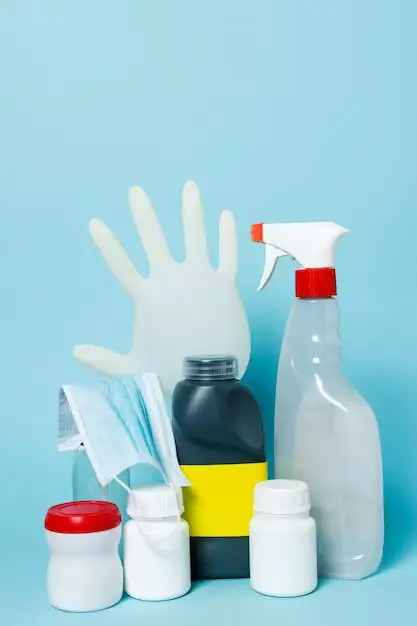
Choose a Single Disinfectant
Instead of combining cleaning agents, using a single effective disinfectant against a broad range of pathogens is safer. Look for products specifically formulated for the task, such as bathroom cleaners or kitchen sanitizers.
Follow Manufacturers’ Instructions
Always read and follow the instructions provided on the cleaning product labels. Pay attention to any warnings, precautions, or recommended dilution ratios. Following the guidelines will help ensure both effectiveness and safety.
Precautions for Using Lysol and Bleach Separately
While mixing Lysol and bleach is dangerous, using them separately also requires precautions. Ensure proper ventilation, wear protective gloves, and avoid direct chemical contact. Storing these substances in separate areas, away from children and pets, is also advisable.
Seeking Medical Attention
If accidental exposure to toxic fumes or chemicals occurs, it is vital to seek immediate medical attention. Even if symptoms appear mild, consulting a healthcare professional to rule out potential health risks is better.
Spreading Awareness
Educating ourselves and others about the dangers of mixing Lysol and bleach is essential for promoting safety and preventing accidents. Please share this information with your friends, family, and community to ensure they know the potential hazards and can take necessary precautions.
Read and Follow Product Instructions
Always carefully read and follow the instructions provided on the labels for cleaning and disinfecting products. This includes information on proper usage, dilution ratios, and safety precautions.
Ventilation
Ensure proper ventilation in the area where you are cleaning and disinfecting. Open windows or use fans to circulate the air and minimize exposure to potentially harmful fumes.
Protective Gear
When handling cleaning products, such as gloves and goggles, wear appropriate protective gear. This will provide an extra layer of protection for your skin and eyes.
Read it: Best Laundry Sanitizer Brands
Conclusion
While cleanliness and disinfection are crucial, it is equally important to prioritize safety when using cleaning agents. Mixing Lysol and bleach can release toxic gases and harmful compounds, posing significant health risks. Understanding the dangers and opting for safe alternatives can create a clean and healthy environment without compromising our well-being. Remember, knowledge is power, and spreading awareness can help save lives.

